savoy is a cultivar of the head cabbage with deep green, curled cabbage leaves. Similar to red and white cabbage, it is an element of domestic cuisine and grows a little faster than these varieties.
What you should know about savoy cabbage

Savoy cabbage has been known as a cultural vegetable since the 16th century and is similar to red or white cabbage in terms of cultivation and preparation. Its peculiarity are the deep dark green, wavy leaves, which grow looser than other cabbages and are large.
Furthermore, savoy cabbage has a larger stalk that extends over larger parts of the interior of the cabbage. It can be longer than other cabbages, but the savoy cabbage itself rests on the ground due to its weight. Savoy cabbage originally comes from the Mediterranean region, in Germany it has only been eaten since the 18th century and is therefore one of the younger cabbages in the home kitchen. In most cases, red or white cabbage can be easily replaced by savoy cabbage. The savoy cabbage, which is available in spring, has a milder taste than autumn savoy cabbage, and the autumn and winter savoy cabbage heads are darker in color.
Savoy cabbage can be harvested all year round from spring to autumn, while savoy cabbage in winter is stored heads of cabbage. Since savoy cabbage does not keep as long as other cabbages, it is only partially considered a real winter vegetable, but can be eaten the rest of the year without hesitation. The weight of a Savoy is between 500 g and 2 kg, meanwhile smaller cabbages are bred. The large savoy cabbage heads are almost exclusively used for further industrial processing. Depending on the season, savoy cabbage needs between 13 and 40 weeks to ripen, which means that it can be harvested faster than other heads of cabbage.
Importance to health
The deep dark green color of the savory already indicates that it contains a lot of chlorophyll. When consumed, the green pigment of the plant supports the development of new blood cells, and it also has an inhibitory effect on the formation of cancer cells.
Chlorophyll is also said to have digestive effects and positive effects on healthy wound healing. Like almost all types of cabbage, there are plenty of mustard oil glycosides in savoy cabbage, which have an antibacterial and anti-inflammatory effect and which originally served the savoy cabbage as protection against predators. With just 100 g, one serving of savoy cabbage already covers the daily requirement of vitamin C of an adult, and it also contains twice as much protein and valuable vegetable fat in the form of unsaturated fatty acids as other types of cabbage. However, this is only the case with raw savoy cabbage, cooked savoy cabbage already contains fewer nutrients.
The high concentrations of phosphorus, iron, vitamins of the B group and carotenes, which contribute significantly to the daily requirement, are also important for health. The more raw the savoy cabbage is eaten, the more of these ingredients reach the body - it can generally be eaten raw, but is often cooked in traditional dishes. Since it has a shorter cooking time than other cabbage, this should be used and the savoy cabbage should be left a little shorter in the cooking water. Depending on the use, it may also be a good idea to continue using the cooking water afterwards, for example for a soup - even this way, some nutrients are retained in the savoy cabbage dish.
Ingredients & nutritional values
| Nutritional information | Amount per 100 gram |
| Calories 27 | Fat content 0.1 g |
| cholesterol 0 mg | sodium 28 mg |
| potassium 230 mg | carbohydrates 6 g |
| Fiber 3.1 g | protein 2 g |
There are only around 30 calories per 100 g of savoy cabbage, which is why it is particularly good for a healthy diet. In addition to these, savoy cabbage provides vegetable fat, protein, hardly any carbohydrates and a number of vitamins and minerals in high to low concentrations. In addition to the mustard oils typical of cabbage, other phytochemicals can also be found in savoy cabbage.
Raw savoy cabbage is particularly valuable for nutrition - depending on how the savoy cabbage was prepared, its composition can also change. For example, if it was cooked with a lot of salt or refined with other spices and seasonings, these components of the dish must also be considered. It is similar with dishes that have been prepared with lard or another source of animal fat - this can make them overall unhealthy again. Savoy cabbage that has been cooked for a long time can also lose a large part of its naturally present ingredients, which is why the cooking water would then have to be consumed.
Intolerances & allergies
Because of the mustard oils it contains, people with a known allergy should avoid savoy cabbage. Mustard oils are the most common reason for allergic and sensitive reactions to types of cabbage. Even if the body does not experience an allergic reaction, savoy cabbage, like red or white cabbage, may not be well tolerated and lead to flatulence. This is also due to the mustard oil glycosides it contains. A smaller amount of savoy cabbage can help digest it better.
Shopping & kitchen tips
Unlike other cabbages, savoy cabbage can also be processed in the kitchen before the head is ripe. Particularly tender savoy cabbage leaves are created.
Depending on the season, different freshness criteria should be observed for savoy cabbage: in spring, for example, the savoy cabbage is lighter than in winter, now it should be dark green. Healthy leaves that are not cracked or nibbled, that look fresh and not limp or brown, indicate a qualitatively perfect head of savoy cabbage. The outermost leaves, which are also the largest, are particularly important: they should appear as healthy and undamaged as possible, then the inside of the savory is usually also edible.
Savoy cabbage can be refrigerated for about a week, and longer if it is very fresh. The best form of storage for a head of savoy cabbage is in a dry, cool place; it should not be chopped or cut beforehand. Cut heads of savoy cabbage should be wrapped in foil for storage so that they cannot dry out in the meantime at the cut.
Preparation tips
Savoy cabbage is popular for cabbage rolls, for example, because its large leaves make this easy. Savoy cabbage can be used as an ingredient in soups, as an accompaniment to meat, pasta or potatoes and in many dishes in traditional cuisine, also as a substitute for white cabbage. Its leaves are either used to form packets or rolls, or it is roughly to finely chopped.
Some foreign dishes also use savoy cabbage, and it has also become popular as a raw vegetable due to its high vitamin and mineral content. Thus, it is also suitable for a green salad and, due to its taste, which is very compatible with cabbage, also harmonizes with most other ingredients in green smoothies, so that it can be enjoyed raw.

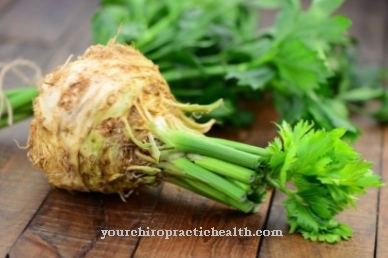

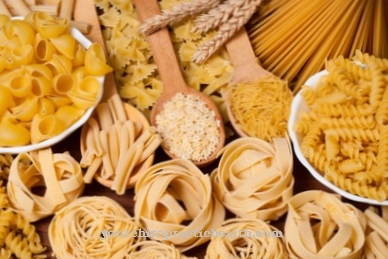
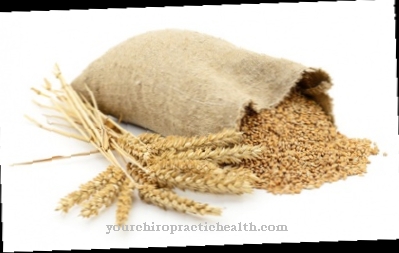
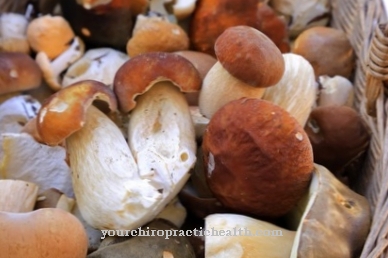
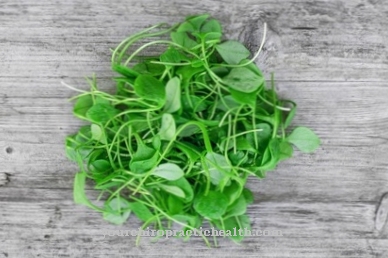


















.jpg)

.jpg)
